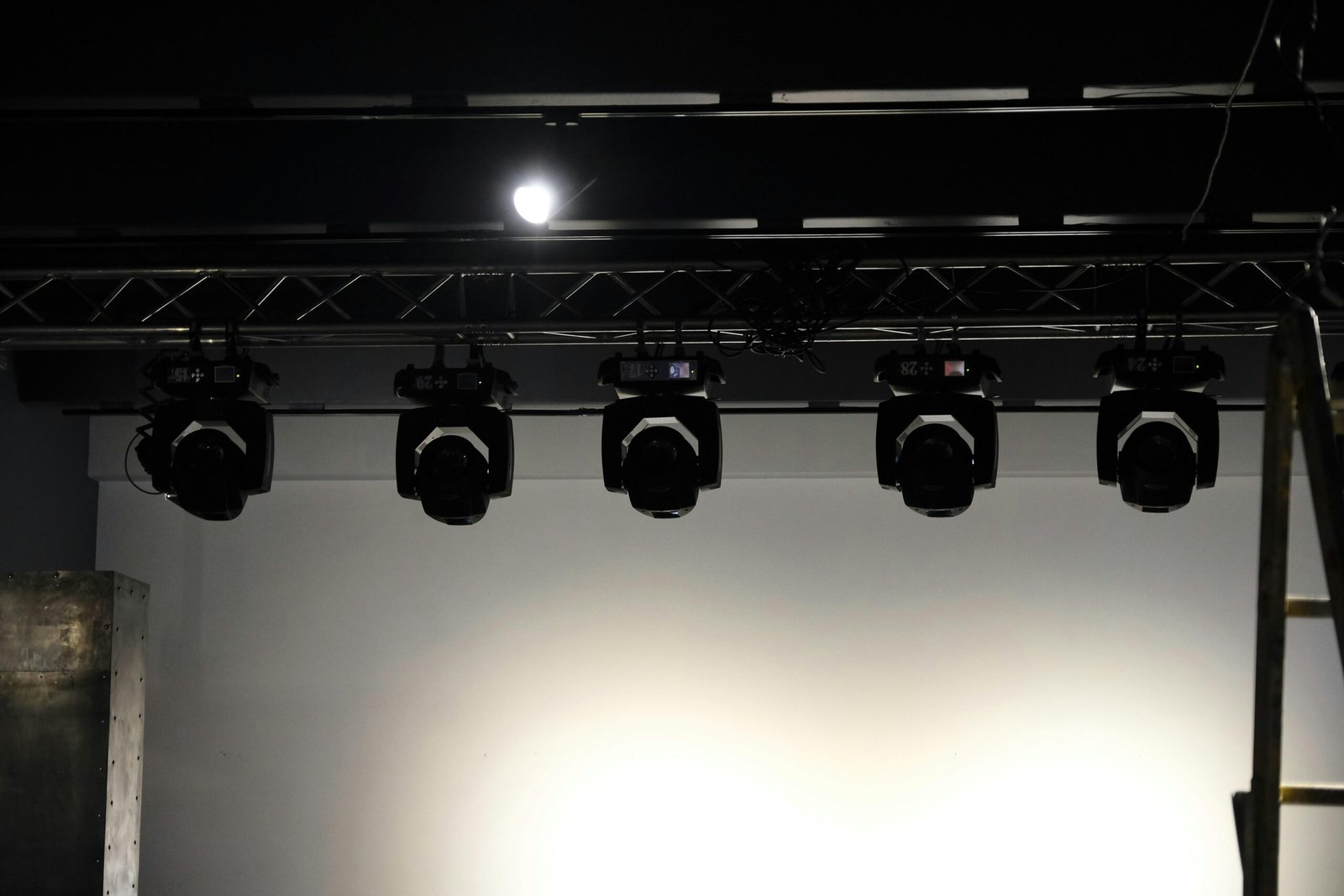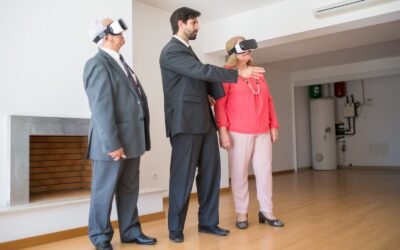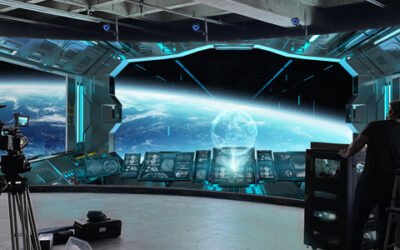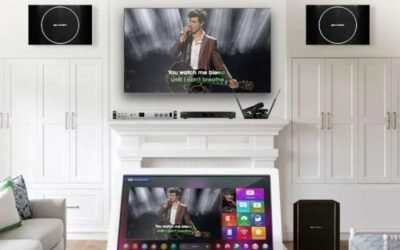A broadcasting studio is a specialized facility designed for the production and transmission of audiovisual content for television, radio, online streaming, or other forms of media distribution. Broadcasting studios serve as the central hub where programs, shows, news broadcasts, and other content are produced, recorded, and transmitted to audiences worldwide.
Key components and features of a broadcasting studio include:
- Production Control Room: The production control room is the nerve center of the broadcasting studio, where producers, directors, and technical staff oversee the production process. It is equipped with video switchers, audio mixers, graphics generators, and other equipment for controlling and mixing audio and video feeds in real-time.
- Cameras and Camera Control Systems: Broadcasting studios feature multiple cameras mounted on pedestals, tripods, or robotic mounts to capture video footage of talent, guests, or performers. Camera control systems allow operators to adjust camera angles, zoom levels, focus, and other parameters remotely from the production control room.
- Lighting and Set Design: Lighting plays a crucial role in creating the desired atmosphere and visual aesthetics in a broadcasting studio. Studios are equipped with professional lighting fixtures, such as spotlights, floodlights, and LED panels, to illuminate the set and talent effectively.
- Audio Recording and Mixing Equipment: Broadcasting studios feature high-quality microphones, audio mixers, equalizers, and signal processors for capturing, processing, and mixing audio signals. Studio engineers and sound technicians use these tools to ensure clear and balanced audio quality in live and recorded productions.
- Set Design and Props: Broadcasting studios are designed with sets, backdrops, and props that reflect the theme, genre, or format of the program being produced. Set designers and decorators work closely with producers and directors to create visually appealing and functional sets that enhance the storytelling and presentation of the content.
- Teleprompter Systems: Teleprompters are used to display scripts, prompts, or notes to on-air talent, presenters, or hosts during live broadcasts or recordings. This helps them deliver their lines or dialogue smoothly and confidently while maintaining eye contact with the camera.
- Video Monitors and Displays: Broadcasting studios are equipped with video monitors and displays for monitoring live video feeds, graphics overlays, and playback content. These monitors allow production staff, talent, and guests to preview shots, review playback, and interact with visual elements in real-time.
- Broadcasting Equipment and Infrastructure: Broadcasting studios require specialized equipment and infrastructure for transmitting audio and video signals to broadcasting networks, cable systems, satellite providers, or online streaming platforms. This may include transmission towers, satellite dishes, fiber optic cables, and broadcast encoders.
Broadcasting studios come in various sizes and configurations, ranging from small-scale production facilities for local radio stations to large-scale television studios for national networks. The layout, design, and technology used in broadcasting studios depend on factors such as the type of content produced, budget constraints, and technical requirements.







